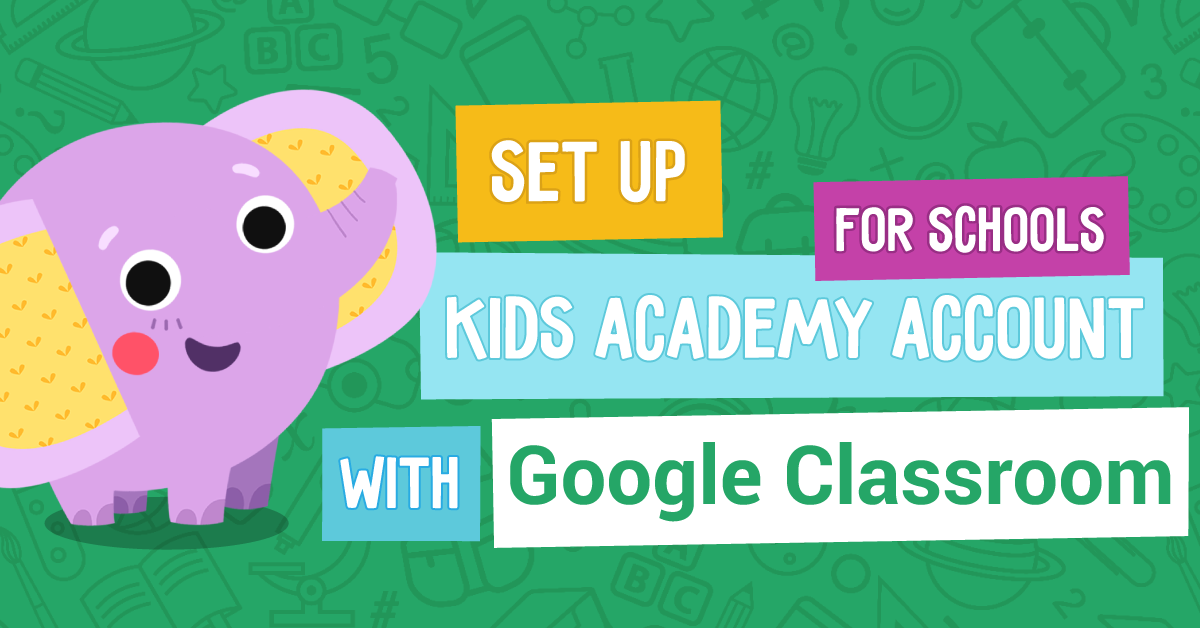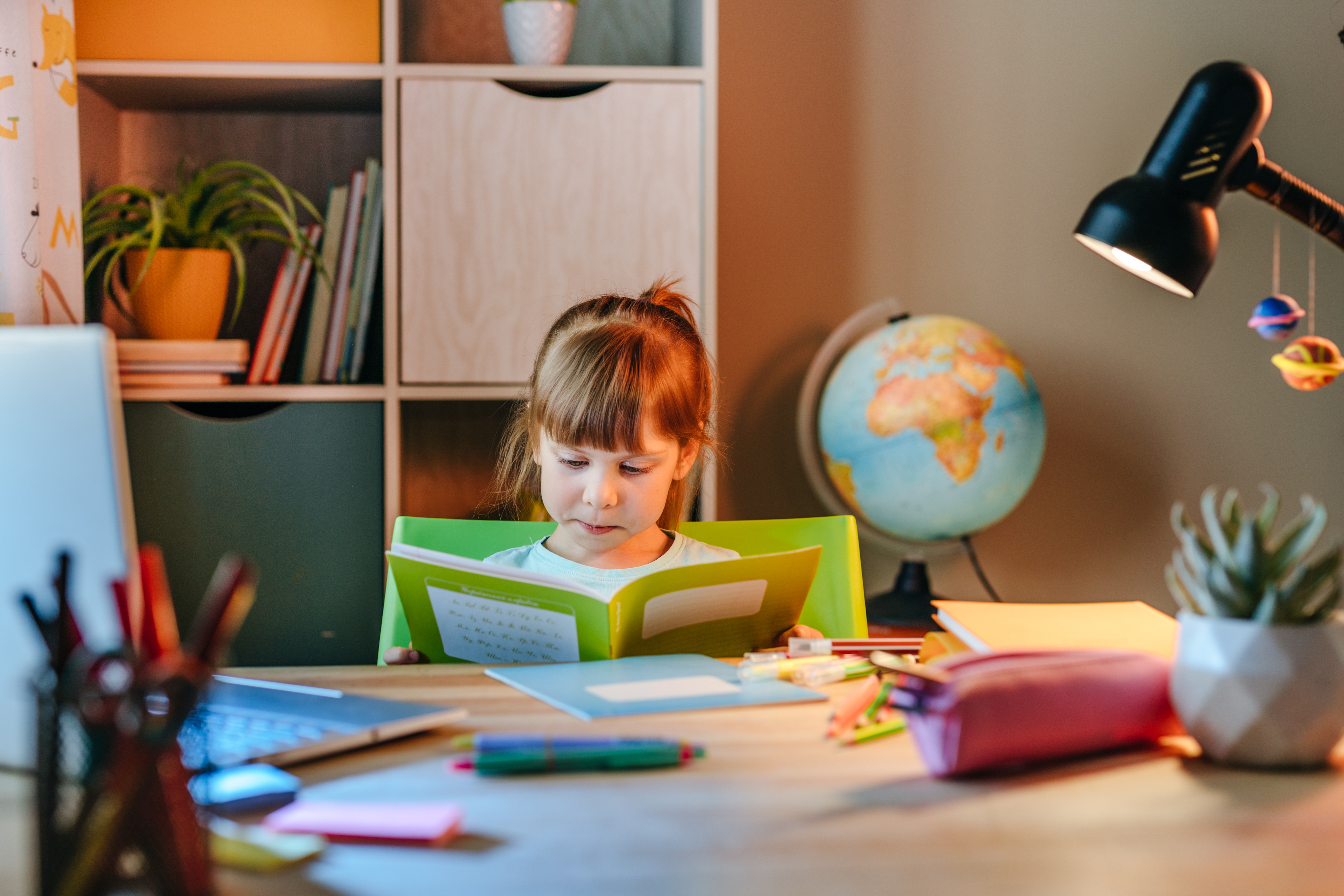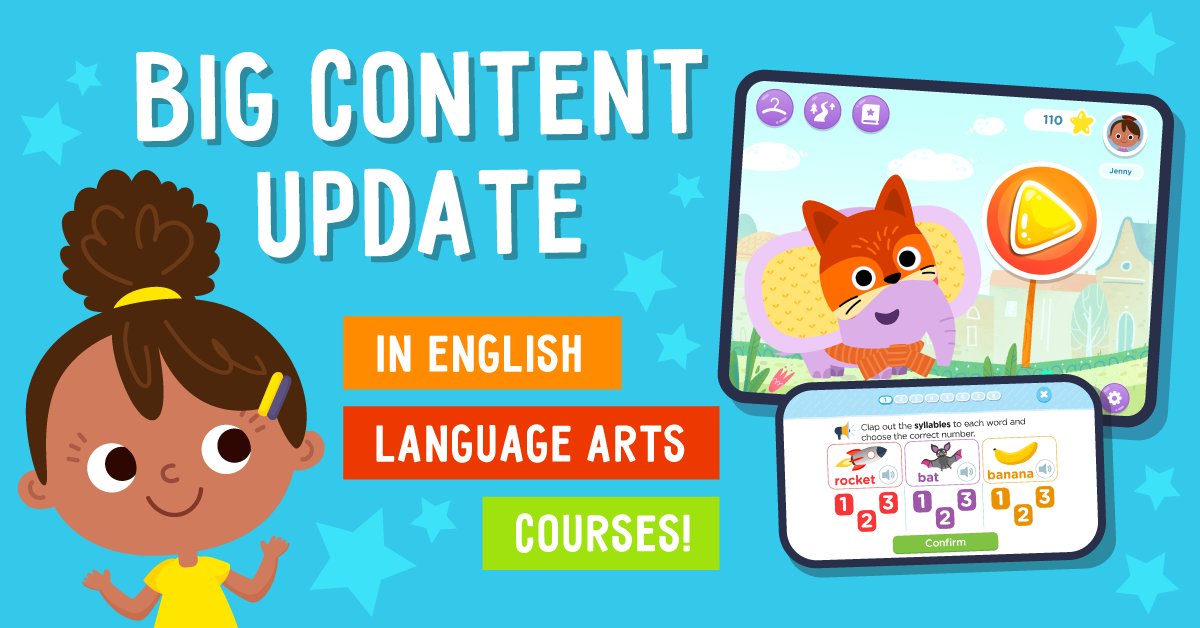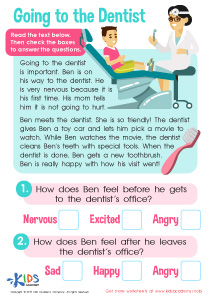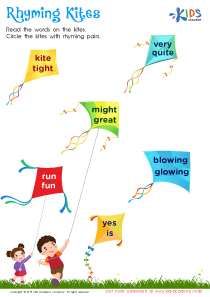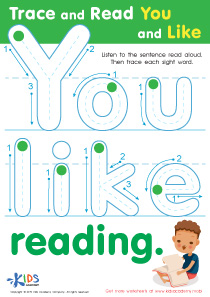Letter recognition Normal Grade 1 Reading Worksheets
5 filtered results
-
From - To
Enhance your first grader's reading skills with our engaging Letter Recognition Normal Grade 1 Worksheets! Designed to make learning fun, these printable worksheets will help young learners familiarize themselves with letters and their sounds through interactive activities. From identifying uppercase and lowercase letters to matching them with corresponding words, our worksheets cater to various learning styles. Each activity encourages kids to practice handwriting and build a strong foundation in literacy. Perfect for both classroom and at-home use, these letter recognition worksheets promote confidence and enthusiasm for reading. Try them today and watch your child excel in their literacy journey!


Long and Short U Worksheet
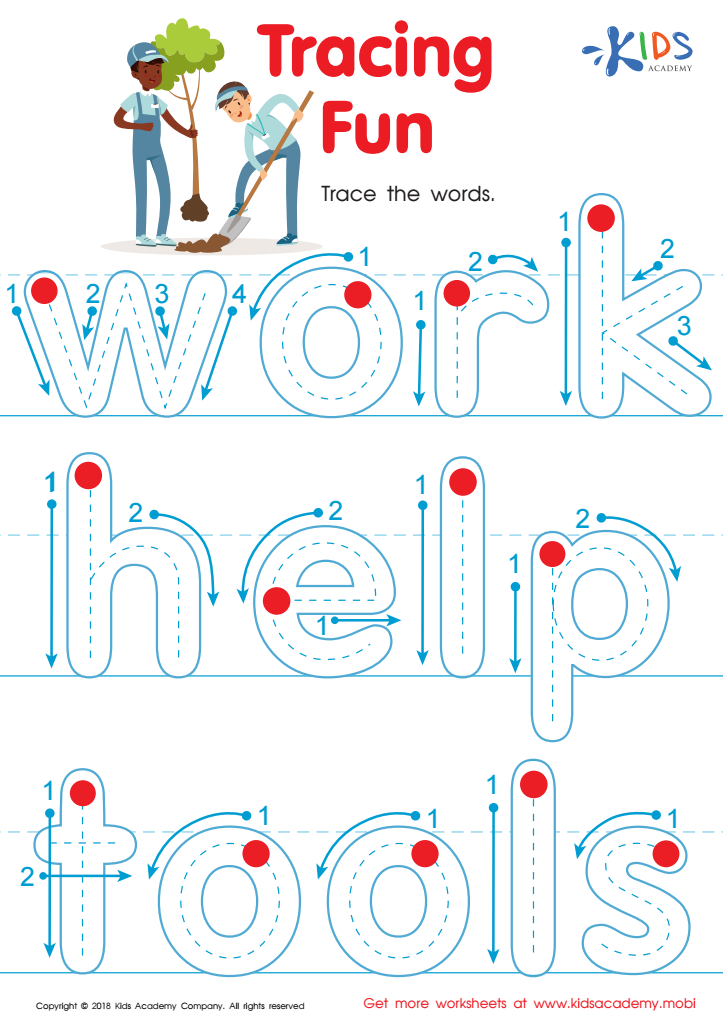

Tracing Fun Worksheet


Baby, Boat, Bird Worksheet Sight Words Worksheet


Long and Short E Worksheet
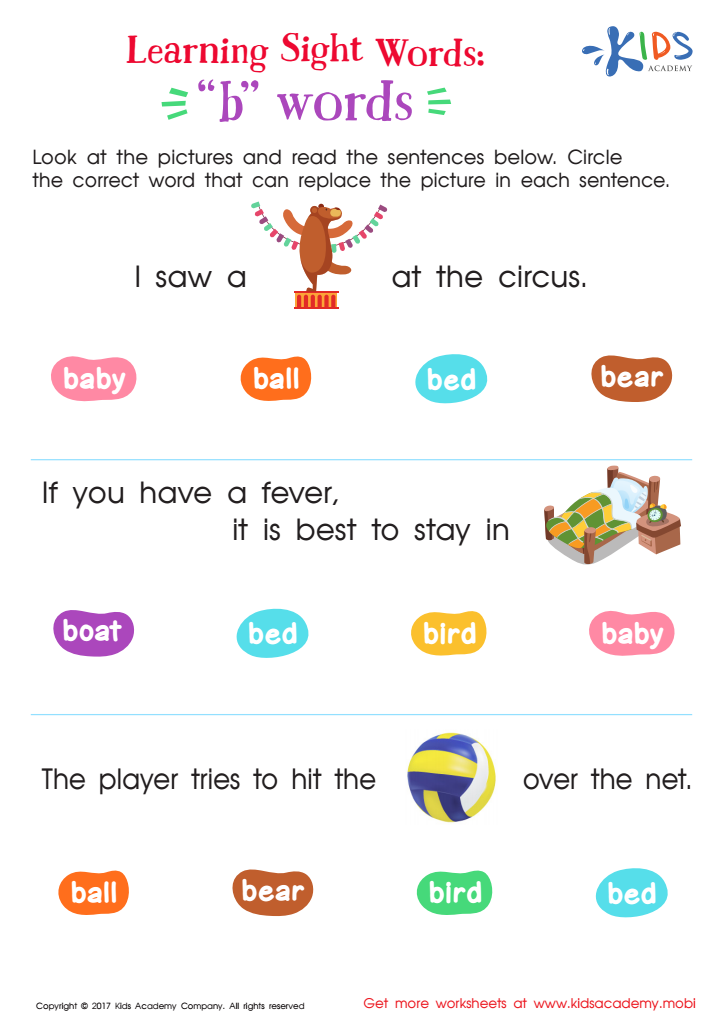

"B" Words Printable Sight Words Worksheet
Letter recognition is foundational for young learners, particularly in Grade 1, as it serves as a crucial building block for reading success. Understanding that each letter has a unique sound and appearance helps children decode words, fostering their ability to read fluently. When children are proficient in letter recognition, they can engage with texts more confidently, which enhances their overall literacy skills.
Parents and teachers should care about letter recognition because it directly impacts a child’s academic trajectory. Early mastery in this area can lead to increased reading comprehension, vocabulary development, and writing skills. Additionally, strong literacy skills are linked to better educational outcomes and academic performance in other subjects.
Furthermore, supporting letter recognition can enhance children’s motivation and enthusiasm for reading. When kids feel competent and successful in recognizing letters, they are more likely to enjoy reading and to explore new texts, fostering a lifelong love of learning. Parents can reinforce this at home through games and activities, while teachers can incorporate diverse strategies in the classroom. Together, they play a vital role in ensuring that children receive the support they need to become confident readers and learners. Ultimately, fostering letter recognition opens doors to future academic and personal success.

 Assign to My Students
Assign to My Students





